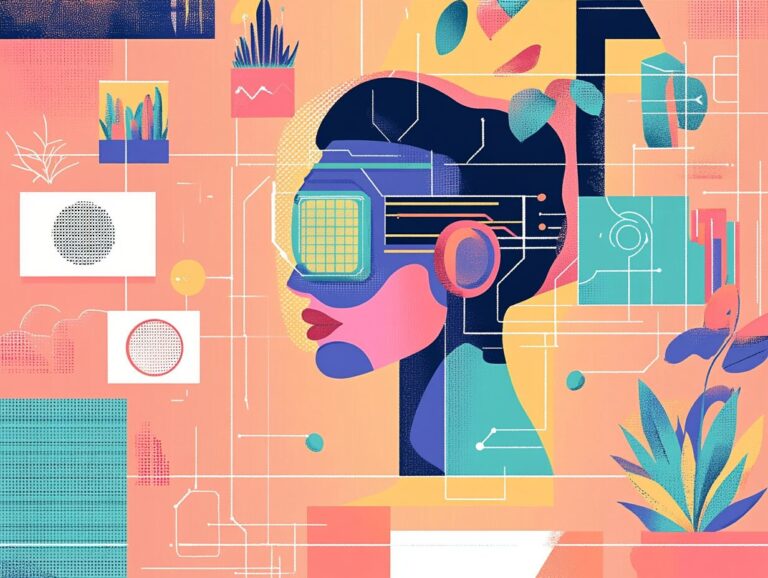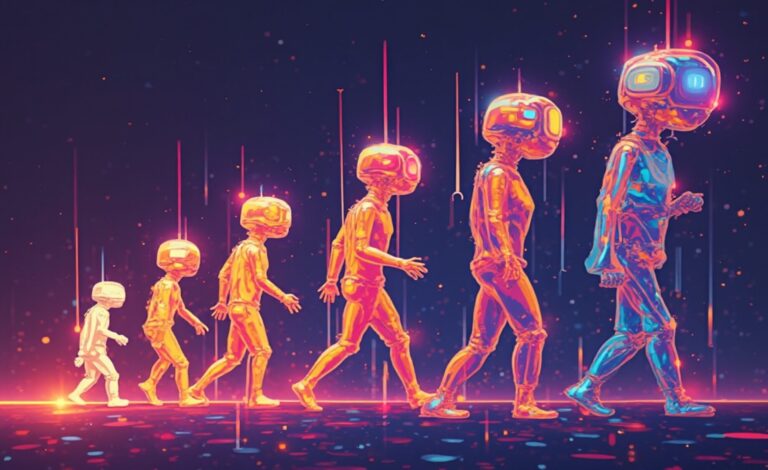UX vs. UI: two distinct parts of a single design process4 min read
Reading Time: 3 minutesThis is the second of two articles that will illuminate the collective importance of UX and UI—for your product, your brand, your target market, and your bottom line.
UX and UI are the dynamic duo of effective design, and their alliance is critical to your product’s success. But knowing what these terms mean is just the beginning.
Their true potential is rooted in how they interact; joining forces to form a single user-centered design process that’s greater than the sum of its parts.
In the first article of this series, we defined UX and UI as separate practices. In this article, we’ll show you why understanding their contrasting yet complementary relationship is crucial for ROI.
Recap of UX vs. UI
What is UX design?
- Concerned with how a product will be experienced rather than how it looks.
- Research-based and user-centered approach—design based on what users want and need, not what businesses want to sell them.
- Confirms product-market alignment through continuous user research, testing, and iteration.
- Yields a series of deep user insights and basic prototypes to guide the final design.
What is UI design?
- Concerned with how a product’s appearance affects a user’s interaction with it.
- Based on established design best practices for elements like color, contrast, typography, button placement, visual brand continuity.
- Design not for design’s sake, but as a conduit for seamless user interaction.
- Yields a final, polished, user-friendly interface design.
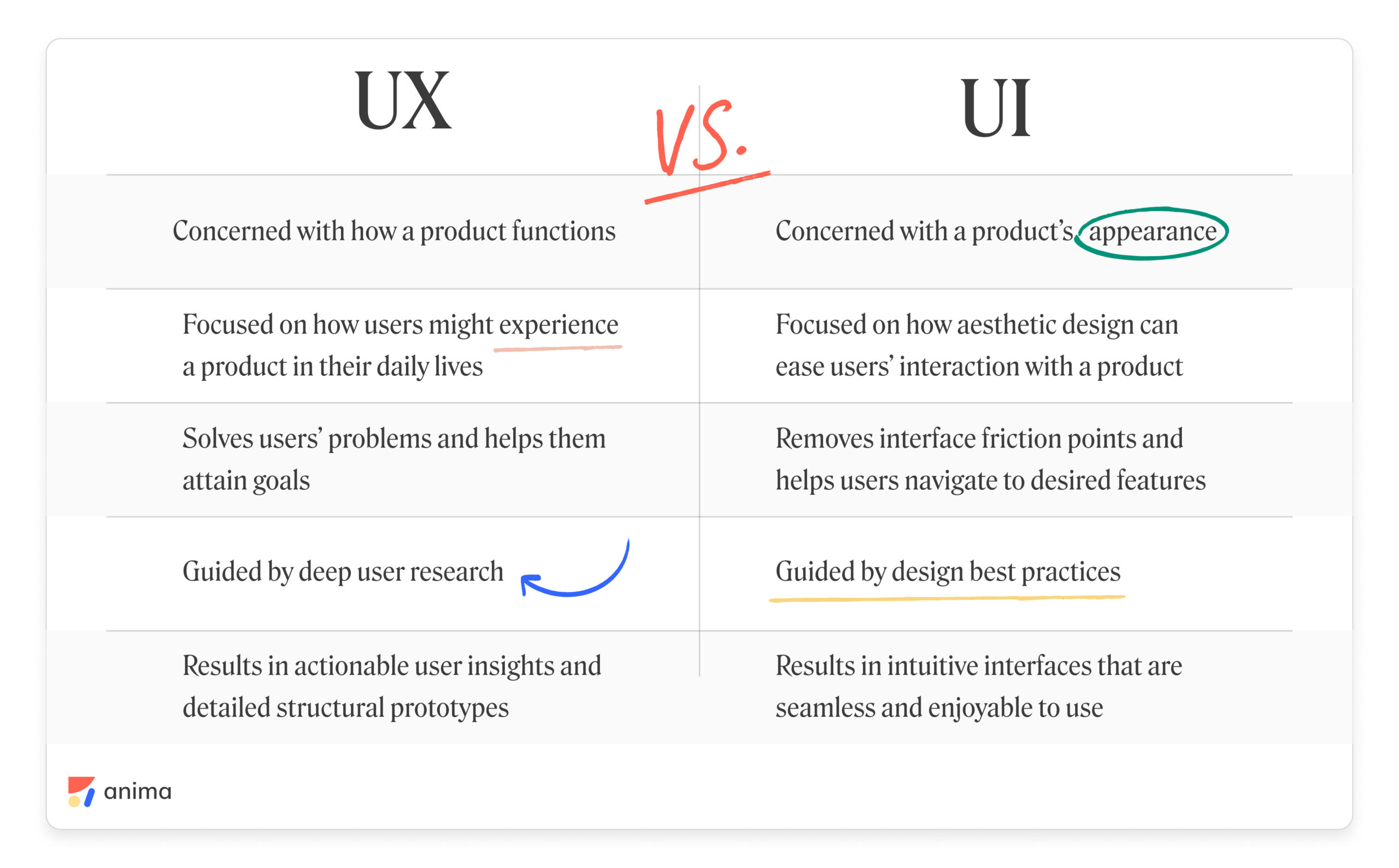
Recap of the differences between UX and UI
How are UX and UI interdependent?
UX and UI as standalone practices
Without UI, UX is simply an amalgamation of deep user research and structural prototyping with no vessel for its application.
Without UX, UI is merely an attractive interface design with no confirmed relevance or benefit to its target user.
Complementary components of a harmonious whole
UX and UI are each critical for the establishment of product-market alignment but are only effective when they work in tandem. Their collaboration merges UX’s user research and testing insights with UI’s informed aesthetic design to form a complete user-centered design process—leading with the prospect and following with the product.
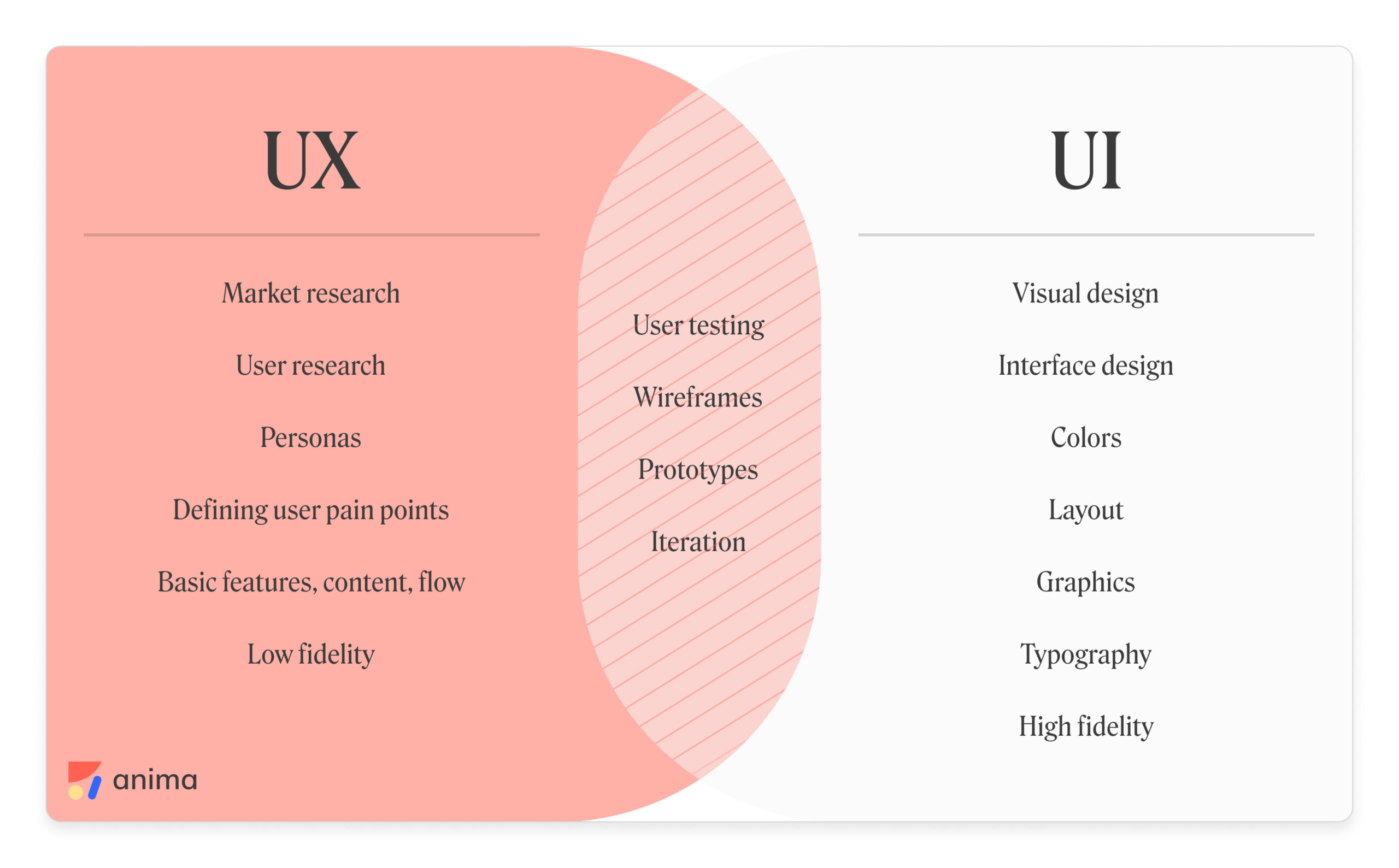
UX vs. UI - how they’re different and where they overlap
The UX/UI feedback loop
- UX designers generate user insights and structural frameworks honed through extensive user testing and iteration.
- UI designers incorporate those user insights and structural frameworks into an interface design that’s attractive, intuitive, and frictionless to use.
- UX designers user test the interface design, analyzing user interactions and feedback to identify friction points and other deficiencies.
- UI designers amend the interface design to resolve those friction points and deficiencies.
- UX designers user test the amended interface again…
- This iterative back-and-forth continues until all issues have been resolved and user testing indicates complete product alignment and interface usability.
Why is understanding these nuances critical for ROI?
User feedback loop and ROI
Developing a product no one wants or needs is a waste of time and resources, and the feedback loop from users is crucial for lean product development.
User-centered design utilizes that feedback loop to tailor products to users’ wants, needs, pain points, abilities, and use contexts so that users don’t need to adjust their behaviors and expectations to adapt to those products. Because ultimately, they won’t.
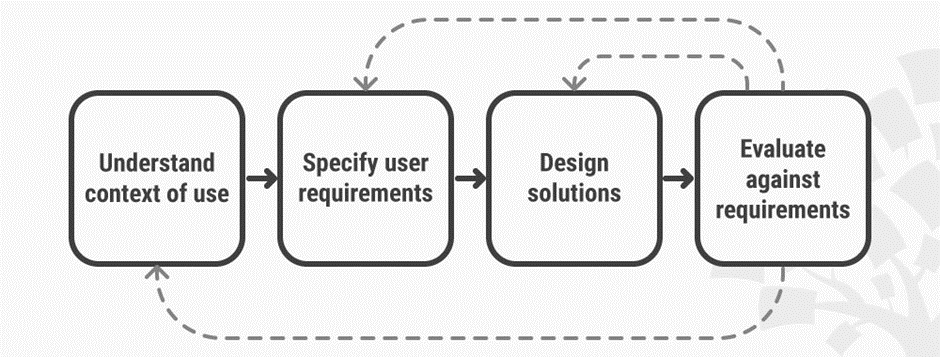
Basic user-centered design framework (Source)
It’s a no-brainer. If you incorporate user feedback to predetermine product-market alignment and eliminate the risk of costly back-end redesigns, you increase ROI.
Brand benefits
With user-centered design, you’ll be the brand that provides users with products they want instead of selling users products you want them to want.
That’s something they’ll pay for with little convincing, and the legitimate value you’ll provide will benefit your brand image and your bottom line.
TLDR:
- UX without UI is a collection of critical user insights with no vessel for their application.
- UI without UX is simply an attractive interface with no confirmed relevance to its target market.
- Both UX and UI rely on iterative user testing to hone their deliverables.
- These complementary practices form a single user-centered design process that results in product-market alignment.
- The feedback loop from users is crucial for lean product development and ultimately ROI.
Give Anima a try and improve the designer-developer collaboration:
- Sign up to Anima
- Download Anima plugin for Sketch, Adobe XD or Figma
- Visit Anima 101 page

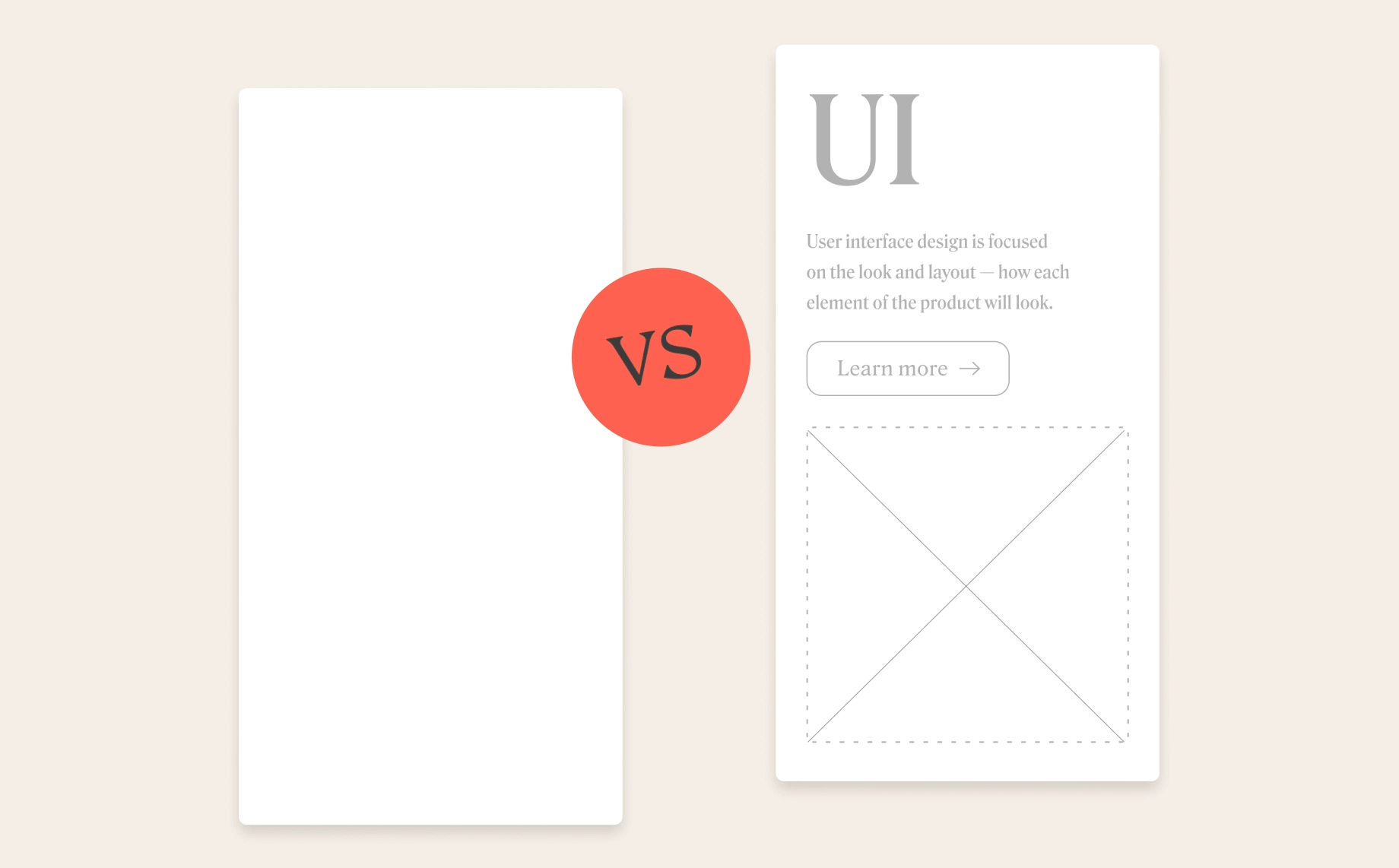
 Figma
Figma Adobe XD
Adobe XD Sketch
Sketch Blog
Blog
